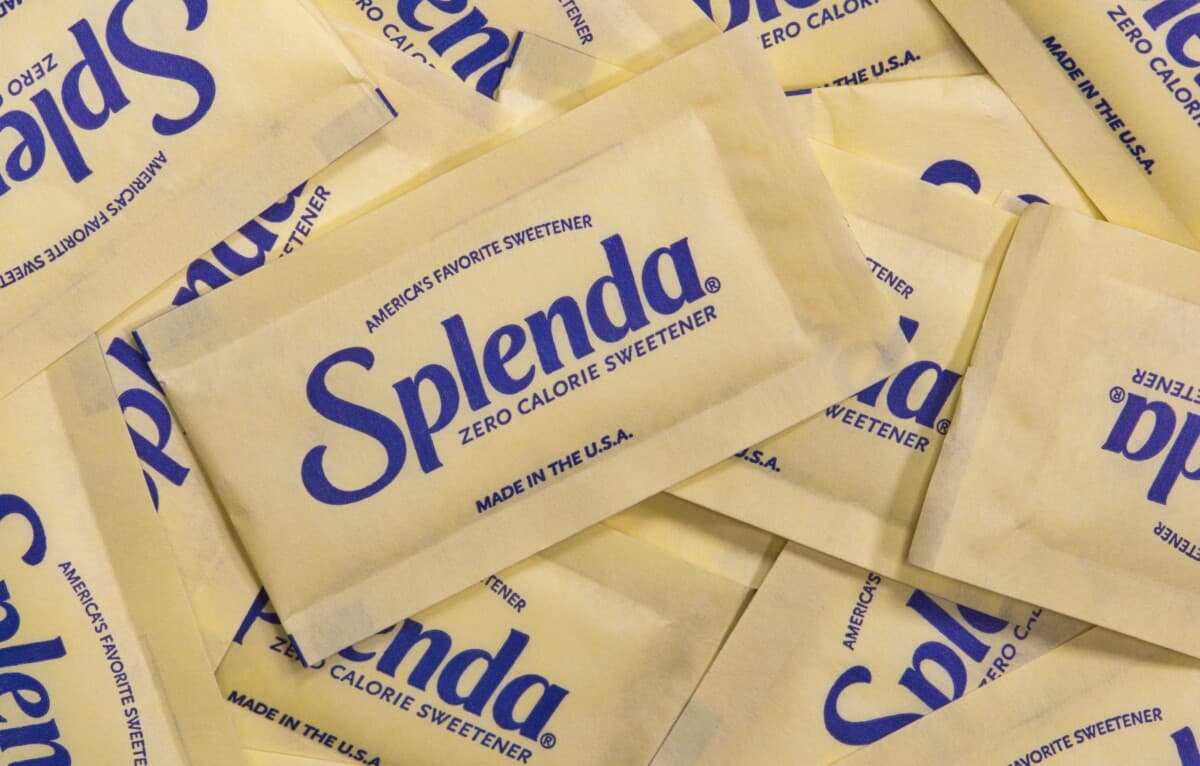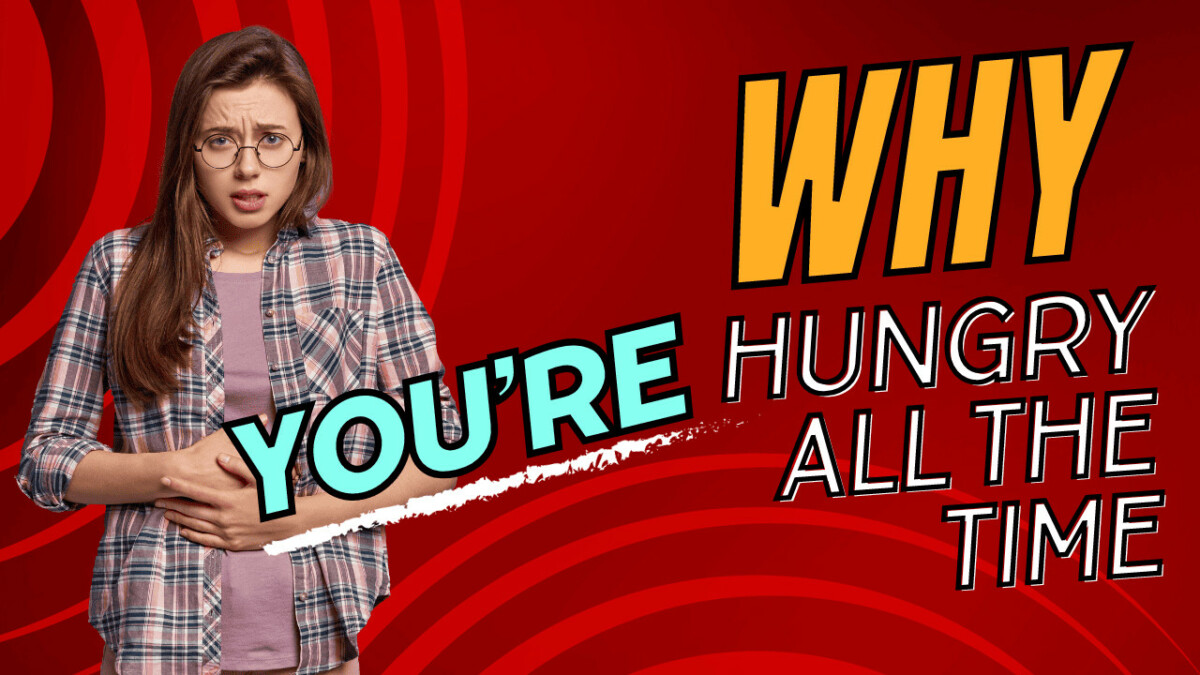A lot of people seem to think that eating rice is going to make them gain weight. But is rice fattening? Or is there something else at play here?
Rice is a big part of the diet in many Asian and Latin American countries. More than half the world’s population eats rice, providing more than 20% of its calories (1). So if rice were fattening, a lot of people would be obese. Many Asians eat rice regularly but are still relatively thin (2). Obesity rates have been rising in Asian countries, but it’s doubtful this is just from rice which has been around for thousands of years.
It can be confusing to know which foods can be fattening and which are good for weight loss. There are many different kinds of rice, each with its pros and cons. So the last thing you want to be doing is unknowingly eating the wrong type of rice, and it has been causing you to gain weight this whole time.
In this blog post, we will take a look at the science behind white rice and weight gain. You’ll also discover the pros and cons of each kind of rice. We will also discuss how you can include rice in your diet without worrying about packing on the pounds.
Is Rice Bad for You… Or Good?

To know if eating rice is fattening or not, you first have to break down what it is and what causes you to gain weight in the first place. Rice is an edible grain that has been hulled and milled to remove the bran and germ. What you’re left with is a starchy endosperm known as white rice.
Now there are a few leading causes of gaining weight. One reason is eating too many calories. Another cause is eating too many sugars, starches, and rich carbs, which cause your insulin to spike and encourage storing fat (3). The two of these together make you gain stubborn belly fat and weight and make it harder to lose weight.
The more body fat you gain and insulin resistant you become, you develop “metabolic syndrome.” Metabolic syndrome is a cluster of conditions that increase your risk for heart disease and diabetes and make it harder to lose weight. In addition, it reduces your metabolic flexibility, making it harder to burn fat stores and easier to gain weight when eating sugars and carbs (4).
Long story short, eating rice probably isn’t a good idea if you are not metabolically flexible. It is rich in starch, and it’s easy to overeat. Plus, you can quickly eat other bad foods with it that encourage weight gain. Reducing your rice consumption and refined grains like pasta, potatoes, bread, and noodles is best. And instead, switch it out for low-carb vegetables like broccoli or cauliflower rice.
Best Rice for Weight Loss

There are many different kinds of rice. White rice is the most common, but brown rice is considered healthier. There are also other kinds like fried and wild rice. So, which one should you be eating?
Let’s break down all the popular kinds of rice, including fried rice, so you know which one of the best for weight loss and which can make you gain weight.
White Rice

White rice has a long history dating back thousands of years in China. It was eaten by the wealthy and was expensive since it had to be processed by hand. In the early 1900s, scientists discovered a way to use machines to remove the bran and germ from the rice, making it more widely available. Because of its longer shelf life, white rice became more popular and is now the world’s most consumed type of rice.
One theory is since Asian people have eaten rice for so long that their bodies have adapted to eating it. They could have passed on the adapted genetics to lower the risk of weight gain and diabetes (5). But Asian countries have started consuming more processed foods, sugars, and bad vegetable oils in the past few decades, which is causing obesity (6).
One cup of cooked white rice is the average serving size. Here is the nutrition breakdown for one cup of cooked white rice:
- 170 calories
- 38g carbs
- 4g protein
- 0g fats
White rice has a Glycemic Index (GI) score of 72 out of 100, which is high. Then Glycemic Load (GL) of white rice is also on the high side of 27. GI tells you how much it will spike your blood sugar, and GL tells you how high it’ll go based on the serving size. Anything with a GL over 20 is high, so white rice is considered a high GI and GL food.
So should eating white rice be avoided like the plague? This all depends on a couple of things. If your main goal is weight loss and you’re overweight and metabolic inflexible, then I’d limit your white rice consumption. But if you’re at a healthy weight, metabolically flexible, exercise often, and live an active lifestyle, then eating a small to moderate serving size of rice periodically isn’t going to make you fat.
I should also mention that eating white rice isn’t the worst food you can eat. So if eating 1/2 cup of white rice keeps you from eating a couple of slices of pizza, then the rice is going to be the better option. Dieting by switching out smaller portions of less-bad-for-you food options is better than going with the higher portion worst food.
Ideally for weight loss, you’d switch those starchy high GI/GL foods for low-carb veggies, but I know from experience this can be easier said than done. Sometimes you need a little leeway to stick with your diet instead of throwing the towel entirely after driving yourself to the point you binge eat. I’d rather my client trying to lose weight eat one cup of white rice than eat a big bowl of pasta. You’ll win in the long run, even if it takes a little longer, but it’s better than never getting there.
One tip is to eat only cold rice. The cooling process turns it into more of a resistant starch, thus lowering its GI (7). White rice is lower in arsenic, phytic acid, and lectins than brown rice. Rice is also gluten-free so it’s a better choice than other grains if you’re gluten intolerant.
Brown Rice

Brown rice is a whole grain that has the bran and germ intact. This means it’s more nutritious than white rice because it has more fiber, antioxidants, vitamins, and minerals. Brown rice doesn’t undergo as much of a refining process as white rice, making it more of whole grain.
Here is the nutrition breakdown for one cup of cooked brown rice:
- 120 calories
- 28g carbs
- 2g protein
- 0.5g fats
Brown rice has a Glycemic Index (GI) score of 55 out of 100, which is in the low-mid range. Then Glycemic Load (GL) of brown rice is in the medium range with a score of 15. Brown rice has a lower glycemic index and glycemic load than white rice. This means it will cause your blood sugar to spike less and can be better for weight loss.
One concern with brown rice is it has a higher phytic acid than white rice (8). Phytic acid is an anti-nutrient that can make food harder to digest and lowers your mineral absorption, such as zinc and iron. Phytic acid is found in the bran of the rice, which is removed when making white rice but left with brown rice. Sure, brown rice contains more nutrients than white rice, but the phytic acid could take away your absorption of them. Brown rice also contains lectins which, like phytic acid, could bind to nutrients and keep them from absorption.
Brown rice is higher in omega-6 fatty acids than white rice (9). Eating too many omega-6s in the modern western diet can cause inflammation and weight gain (10). So it’s best to limit your consumption of bad seed oils like canola oil. And it’s why an omega-3 supplement can lower inflammation and reduce belly fat.
Since brown rice contains the bran and germ it can make it harder to digest. This can cause irritation in your gut which could lead to leaky gut. This is when the lining of your gut breaks down to the point harmful bacteria can then leak into your bloodstream, causing health issues. If you have gut problems, then it’s best to avoid grains altogether (11).
Wild Rice

Wild rice is a whole grain and contains bran, germ, and hull. It’s technically not even rice at all since it’s technically a “water grass.” Wild rice contains more antioxidants and better nutritional makeup than white and brown rice. But it also has a grassy flavor that many prefer less than white or brown rice.
Here is the nutrition breakdown for one cup of cooked wild rice:
- 170 calories
- 28g carbs
- 5g protein
- 2g fats
Wild rice has a Glycemic Index (GI) score of 57 out of 100, which is in the mid-range. Then Glycemic Load (GL) of wild rice is in the medium range with a score of 16. Wild rice has a lower glycemic index and glycemic load than white rice but is comparable with brown rice.
One concern with wild rice is that it has a higher arsenic content than white rice (12). Arsenic is a toxin that can cause health problems over time. Rice absorbs arsenic from how it is grown and from pesticides and fertilizers. Unfortunately, all rice (including healthier options) can have arsenic levels. But the manufacturing process lowers the arsenic in white rice but leaves it in less processed rice.
So, overall, wild rice has a better nutrition makeup if your goal is weight loss. Wild rice has more nutrition, but I know many aren’t fans of its taste. But wild rice still contains arsenic, phytic acid, and lectins which could have adverse effects.
Fried Rice

Fried rice is a popular dish made from white rice that has been stir-fried with meat, vegetables, and eggs. It’s usually seasoned with soy sauce, salt, and pepper. Fried rice can be made from many different types of rice, but white rice is the most common.
Fried rice is probably the least healthy kind of rice because of how it’s cooked. Harmful seed oils like safflower oil or canola oil go through a heavy manufacturing process that can cause inflammation and weight gain. If you are going to eat fried rice, make sure to use a healthier vegetable oil like avocado oil or extra virgin olive oil.
Here is the nutrition breakdown for one cup of fried rice:
- 331 calories
- 40g carbs
- 12.5g protein
- 12.3g fats
You can see fried rice is a lot more calorie dense than plain white or brown rice. But this is to be expected from the other added ingredients. What you’re eating along with white or brown rice could also increase your whole meal calories and carb count. But it’s also easy to eat a higher portion of fried rice since most eat more than just one cup.
One area in that fried rice can be potentially healthier for weight loss than white or brown rice is its lower GI rating (13). The addition of protein and fats in fried rice can delay how fast you absorb it, thus lowering the rise in blood sugar and insulin. But if you eat a lot of fried rice, you could have a higher GL, thus being worst off in the long run.
Adding healthy protein and fats to your rice consumption can lower your blood sugar response. You don’t have to eat fried rice to do this but try adding some chicken or even some steak when you eat plain rice to prevent your blood sugar and insulin from spiking. Just make sure you use healthy cooking oils and avoid bad seed oils.
How much rice should I eat in a day to lose weight?
Limiting your portion size when eating rice is best if your goal is weight loss. Rice is starchy and can quickly spike your blood sugar, encouraging your body to store fat. You’ll more likely have a blood sugar crash not long after, increasing hunger and making you crave more carbs to bring it back up. Instead, try to consume rice with other food to slow its absorption and reduce the blood sugar spike. Rice can be satiating when also eaten with other foods.
Best time to eat rice to lose weight?
You’re better off eating rice for lunch than you are for dinner or late in the evening. Eating starchy and rich carbs too close to bedtime will make it easier to gain weight. If you eat rice earlier in the day, you’ll have more time to burn them off, especially if you’re active.
What about jasmine rice and basmati rice?
Jasmine rice and basmati rice are similar to white rice in that they’ve been processed with the husk, germ, and bran removed. Think of them as just different varieties of white rice, with the near same nutritional makeup. They can taste different and have slight differences in vitamins, but they’re about the same and not much different.
Conclusion
Rice is a staple food for more than half the world and comes in many different types, colors, and consistencies. While there are some benefits to eating rice, it’s essential to be mindful of how much you’re eating and what kind of rice you’re consuming.
Rice is generally higher on the glycemic index and can carry a high glycemic load. Rice can spike blood sugar levels which isn’t great for weight loss if you’re insulin resistant. Eating rice isn’t the best food choice if your main goal is weight loss, are metabolically inflexible, have high body fat, or aren’t very active. It’ll be better to switch it out for cauliflower rice instead.
But if you’re metabolically flexible, live an active lifestyle, exercise regularly, and have lean body mass, then eating a little bit of rice here and there isn’t that bad at all. Then it’s usually what else you’re cooking with it that can make the rice fatten. So it’s best to use healthy vegetable oil (no bad seed oils) and consume it with a moderate portion of healthy protein and fats.
If you are going to eat rice then be sure to at least take a “carb controller” to blunt the insulin spike and make it easier for your body to use the carbs for fuel instead of being stored as fat.
A Premier-Quality Formula for Supporting Healthy Blood Sugar Metabolism.
- Features a premium blend of ingredients (Berberine, Cinnamon, Chromax®, Benfotiamine, and Naringin) to support healthy carbohydrate metabolism
- Supports healthy blood sugar metabolism
- Helps maintain healthy blood sugar levels
- Assists with weight management
I personally eat a little bit of white rice throughout the week and do not notice any weight gain. I prefer white rice since it’s lower in phytic acid, lectins, arsenic, omega-6s, and it tastes better. The white rice for me is easier to digest since I don’t have to break down the bran and germ of the rice too. I also lift weights a lot so I need to replenish my glycogen stores, and rice helps with that.
But for my clients who have trouble with weight loss, I advise limiting their white rice consumption. Yet, if eating a small portion of white rice keeps you from eating a whole bag of potato chips, then it’ll be the better option if it gives you the leeway to keep from binging on your diet. So is rice fattening… it all depends!
Josh holds a Bachelor’s degree in Exercise Physiology and Nutrition Science. He’s a Certified Strength and Conditioning Specialist (CSCS) by the National Strength and Conditioning Association and he’s a Certified Personal Trainer (CPT) by American Council on Exercise. He’s worked as a Strength and Conditioning Coach at the high school and college levels. He has over 15 years of experience as a personal trainer and nutrition coach. He strives to bring inspiration and results for people to live healthier lives through smart diet and exercise.










